
Starting June 1st, 2023 Our warehouse fee will be $0.65/cubic foot per month
In effort to lower the warehouse storage fee during inflation, we have went narrow aisle racking.This construction took us four months but the project is finally completed. With narrow aisle racking, we are able to drop storage by 24%.We as partners will go through this inflation together.
04/12/2024
The collective memory of pandemic-induced supply chain disruptions remains vivid for everyone. Lockdowns, labor shortages, and shifts in consumer behavior led to significant delays and visible shortages on store shelves. Despite hopes of returning to normalcy after overcoming those initial hurdles, new challenges emerged, resembling formidable mountains on the horizon.
While constant disruption has become the new norm, it's essential not to succumb to despair amid the onslaught of negative news.
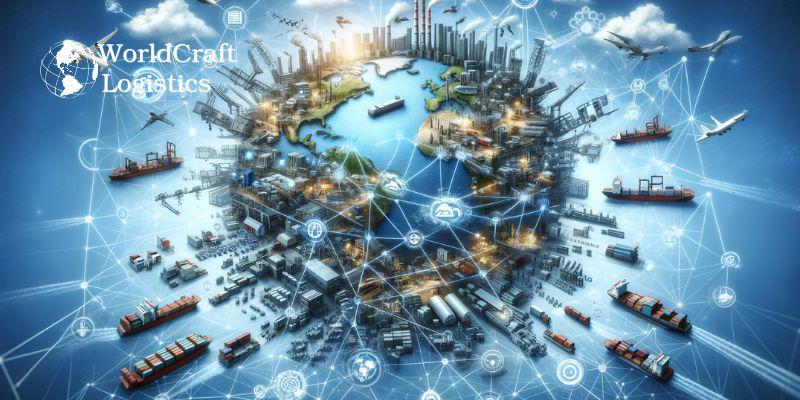
As we address the challenges facing modern supply chains, it's crucial to acknowledge their intricate global nature. Only then can we develop strategies to mitigate the persistent obstacles. These challenges encompass a multitude of issues, including:
Geopolitical factors, such as tensions in key regions like the Red Sea, Ukraine, and Taiwan, present persistent challenges to global supply chains. For instance, recent escalations in conflicts, like those in Gaza and attacks on merchant vessels in the Red Sea, have compelled major shippers to reroute away from the Suez Canal, causing significant disruptions. This rerouting has led to a drastic 250% increase in the average price of transporting a 40-foot container from mid-December to late January.
Furthermore, climate change exacerbates supply chain woes, with extreme drought hindering shipping through the Panama Canal, resulting in a nearly 40% reduction in daily traffic. The Rhine, a vital commercial waterway in Europe, also faced disruptions in 2022 due to severe flooding followed by drought, significantly affecting the movement of goods.
Moreover, labor shortages in logistics exacerbate these challenges. From truck drivers in South Korea to dock workers in Germany and the UK, shortages persist, compounded by the ongoing effects of the "great resignation." A recent survey conducted by Descartes among supply chain and logistics leaders in Europe and North America revealed that 37% are grappling with high to extreme shortages in drivers and warehouse workers.
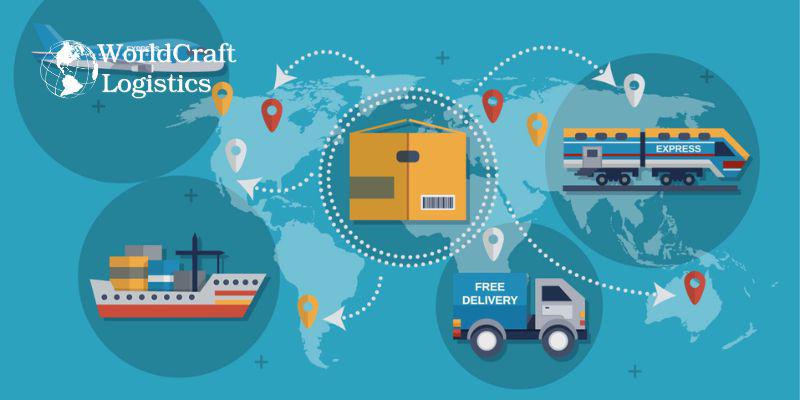
Establishing supply chain visibility forms the bedrock of resilience. While many disruptions lie beyond the control of trading partners, waiting passively for the next challenge isn't the only option. Enhancing strategies for demand forecasting, inventory management, and cultivating stronger supplier networks can be proactive measures. Crucially, everyone involved in the supply chain must have access to real-time information about product availability, location, and quantities.
However, achieving end-to-end visibility often faces setbacks due to manual processes and inconsistent data structures. These obstacles hinder effective data sharing across a global network of suppliers, manufacturers, logistics providers, and retailers. A 2023 survey by IDC Retail Insights underscored this challenge, with 46% of industry executives citing the lack of supply chain visibility as a major issue.
Fortunately, technology offers solutions to facilitate digitization and automation for enhanced visibility. Technologies like Radio Frequency Identification (RFID) and 2D barcodes, such as QR codes, enable stakeholders to track items' journeys efficiently and accurately. RFID tags allow for end-to-end traceability, while 2D barcodes carry extensive data, from batch numbers to product details, improving inventory management and providing consumers with comprehensive information.
More articles:
👉 Rise of Smart Port: How it is changing maritime trade in future
👉 WMS Update for 2024: Converging e-commerce and warehousing
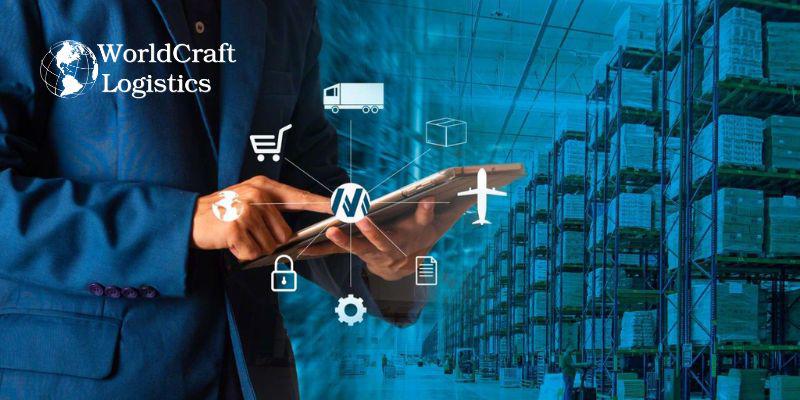
Building a resilient supply chain ecosystem involves several key areas of focus:
Diversification and healthy redundancy: Companies are adopting dual sourcing and nearshoring strategies to reduce risk and dependency on global logistics networks.
Predictive analytics, risk assessment, and scenario planning: Comprehensive understanding of the supply chain enables powerful analysis, simulations, and contingency planning to identify vulnerabilities and respond effectively to various scenarios.
Agile decision-making: Agility is crucial for adapting to crises. Collaborative decision-making internally and with trading partners, along with empowering local teams to make key decisions, enables quicker responses and enhances resilience.
While the fragility of our supply chains has been a tough lesson, we're now starting to tackle the issue head-on. Technologies such as RFID and 2D barcodes offer the ability to trace products comprehensively, providing valuable visibility into their journey.
However, harnessing these capabilities to their fullest extent necessitates the establishment of robust digital standards. These standards serve as a common language for identifying, capturing, and sharing critical information seamlessly across the entire supply chain. Building a fully interoperable ecosystem is the true linchpin to a supply chain that not only operates faster and more sustainably during regular times but also demonstrates resilience in the face of adversity.
SEO
Digital Marketing/SEO Specialist
Simon Mang is an SEO and Digital Marketing expert at Wordcraft Logistics. With many years of experience in the field of digital marketing, he has shaped and built strategies to effectively promote Wordcraft Logistics' online presence. With a deep understanding of the logistics industry, I have shared more than 500 specialized articles on many different topics.

Hot News
08/05/2024
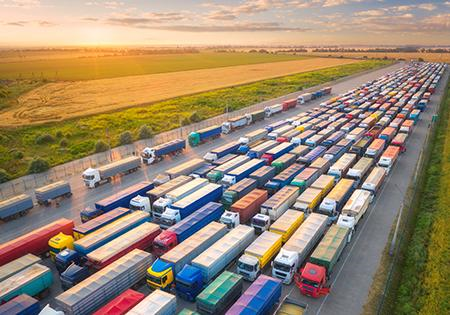
Hot News
02/23/2023
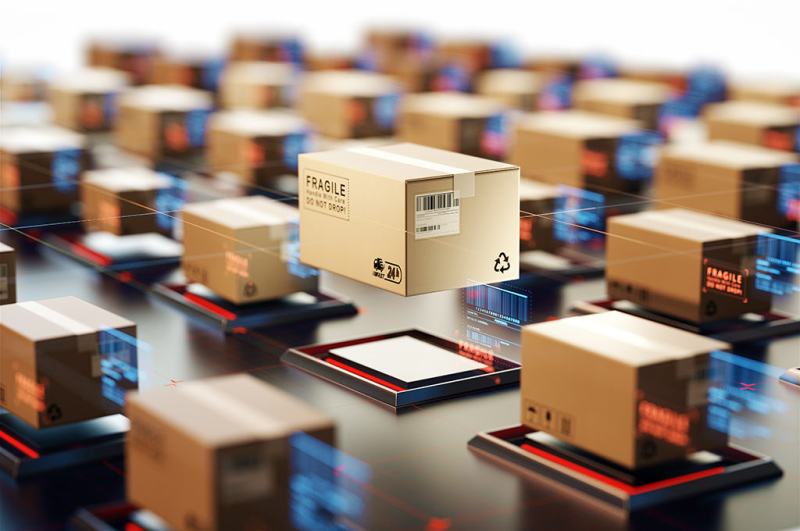
Hot News
02/23/2023
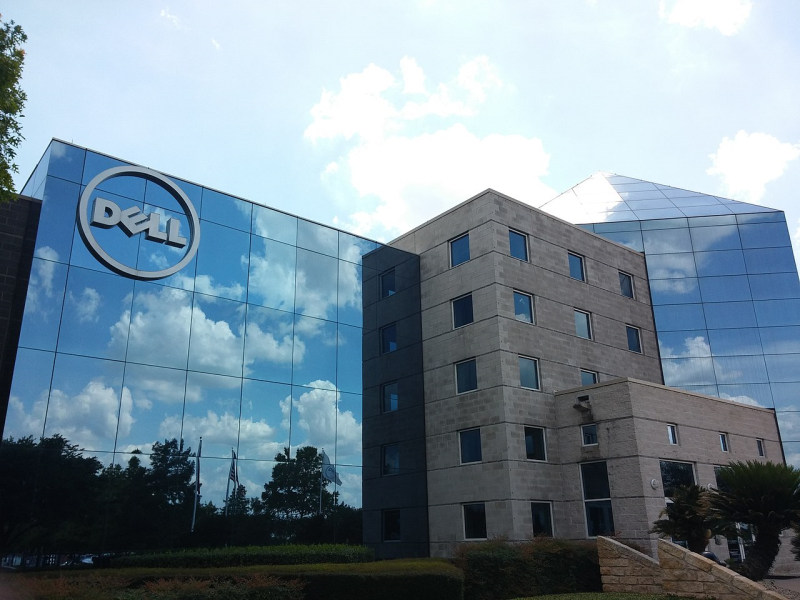
Hot News
02/06/2023
Hot News
02/07/2023